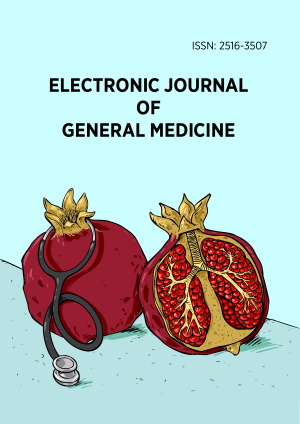Abstract
The fracture risk assessment tool (FRAX®) is useful in clinical practice for assessing ten-year major osteoporotic and hip fracture risk. This cross-sectional study aimed at assessing possible predictors of the FRAX® score for Jordanian women. Univariate and multivariate linear regression analysis was used to evaluate predictors of the FRAX® score. A total of 400 women were included in the study, hypertension was the most common medical condition, 66.3% (n = 265) of the participants did not have their vitamin D status checked, 9.0% of the respondents had insufficiency (n = 36), while 7.5% had deficiency (n = 30). Higher age at menopause and longer duration since menopause were predictors of higher scores for major osteoporotic fractures and hip fractures, with both p-values < 0.001. Using the FRAX® score for early identification of women with high risk, especially those with longer years of menopause provides an opportunity of early preventive measures.
License
This is an open access article distributed under the Creative Commons Attribution License which permits unrestricted use, distribution, and reproduction in any medium, provided the original work is properly cited.
Article Type: Original Article
ELECTRON J GEN MED, Volume 22, Issue 2, April 2025, Article No: em633
https://doi.org/10.29333/ejgm/15993
Publication date: 01 Mar 2025
Online publication date: 18 Feb 2025
Article Views: 393
Article Downloads: 359
Open Access References How to cite this article
 Full Text (PDF)
Full Text (PDF)